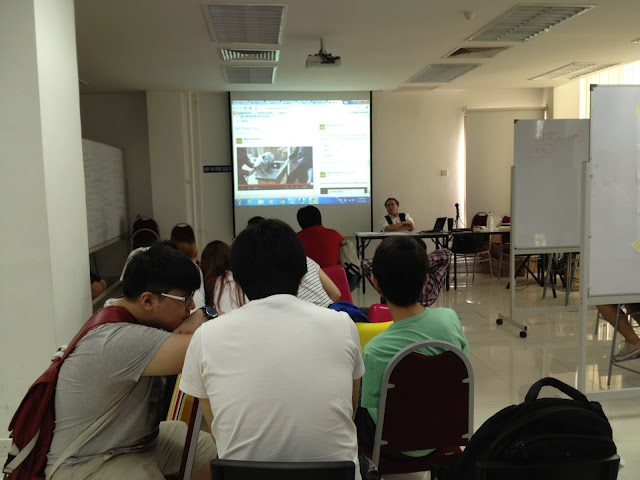The day in class was used to narrow down our sampling model.
Our target population will be the youths is Malaysia. However, we narrow it down into youths in Kuala Lumpur. Further down, we target the youths that have credit cards. Narrowing further, we aim for youths that owns more than one branded items for our survey. At the end, we come to a conclusion where we will find youths that shops in malls. Hence, we decide to go to 5 shopping malls that might have all these criterias which is Pavilion, Mid Valley Megamall, Berjaya Times Square, The Gardens and One Utama.
Our target population will be the youths is Malaysia. However, we narrow it down into youths in Kuala Lumpur. Further down, we target the youths that have credit cards. Narrowing further, we aim for youths that owns more than one branded items for our survey. At the end, we come to a conclusion where we will find youths that shops in malls. Hence, we decide to go to 5 shopping malls that might have all these criterias which is Pavilion, Mid Valley Megamall, Berjaya Times Square, The Gardens and One Utama.
Mr. Stephen going through out Facebook questionnaires and giving us further guidance on our questionnaire.







































